The Ear-Popping Problem
The Eustachian tube balances the pressure between the middle of ear and the surrounding environment, which is crucial for ear health. This narrow passageway links the middle ear to the nose and throat, allowing air to pass through and ensuring the pressure remains balanced.
When it is blocked or inflamed, a condition known as Eustachian Tube Dysfunction (ETD) causes discomfort and other symptoms. Common causes of ETD include upper respiratory infections, allergic reactions, sinusitis, or sudden alteration in altitude. ETD results in inflammation or a build-up of mucous that affects the equilibrium of pressure in the middle ear and causes uncomfortable symptoms such as:
- A feeling of fullness in the ear or pressure in the ear
- Muffled hearing or a feeling that one has a plugged ear
- Clicking, popping, or crackling sounds
- Pain or discomfort, especially pain while swallowing or yawning.

Traditional ETD treatments often include symptomatic treatments, such as decongestants , nasal sprays, antihistamines, and corticosteroids, to reduce inflammation. These remedies may bring temporary relief but often cause side effects such as drowsiness or nasal dryness. Patients who seek a non-invasive remedy may consider nature-based Red light therapy (RLT).
Exploring Red Light Therapy as a Potential Solution
What is Red Light Therapy?
Red light therapy is a relatively new modality of treatment in ETD that uses specific wavelengths of light, typically between 630 and 850 nanometers, which can easily pass into the skin to stimulate cellular processes. Red and near-infrared light, when introduced into the body, may be capable of interacting with cells, especially the mitochondria of the cell, which are energy-producing structures. This therapy can enhance tissue repair and reduce inflammation by improving cellular energy production, all of which could be useful, in particular for cases like Eustachian tube dysfunction.
Can Red Light Therapy Help with Eustachian Tube Dysfunction?
Yes, RLT might influence ETD by targeting the inflammation that is usually the underlying cause of this condition. RLT applies red and near-infrared light to the area involved in a non-invasive manner to stimulate cellular activity, thereby promoting healing in tissues.
Accelerate cellular function
The light pierces the skin into deeper tissues and increases cellular energy production. This modulates and reduces inflammation, accelerating the repair of tissues. Most incidences of ETD are related to either an inflammation or a blockage of the Eustachian tube. A reduction in inflammation may potentially aid in restoring normal function due to easing pressure and better fluid drainage.
Improved Blood Flow
RLT may further assist by improving blood flow in the ear area. Improved blood circulation delivers more oxygen and other nutrients, enabling that area to reduce inflammation and recover faster.
Non-invasive and natural treatment
Research on the application of RLT for ETD is ongoing; however, considering how effective the therapy has been in reducing inflammation and speeding up recovery in other parts of the body, it can be assumed that it may have the same effects in the treatment of the Eustachian tube. The therapy is non-invasive and does not involve many adverse effects, making it viable for patients looking for natural ways to ease their condition and foster ear wellness in the long run.

Using Red Light Therapy to Target Eustachian Tube Dysfunction
Choosing the Right Device and Approach
When choosing an RLT device for Eustachian tube dysfunction, select the devices that emit red/near-infrared light in a therapeutic window (between 630 and 940 nanometers). Both red and near-infrared can easily pass through skin and tissues. However, near-infrared light can reach much deeper into the skin and, therefore, might be more effective for deeper inflammation around the Eustachian tube.
Some of those devices in the market have been solely made for ear health and, for that reason, come with special applicators so that light can reach the target area perfectly. When choosing among devices, select one that has the correct wavelength and is labelled as safe to use near particular sensitive areas, like their ears.
Application Technique
For Eustachian tube treatment, the RLT should be applied near the ear, just behind the jaw, or around the upper neck, where the Eustachian tube would lie to allow penetration through the tissues. If you have a specialized ear applicator, follow the instructions provided by the manufacturer for proper placement of the device.
Sessions generally take 15-30 minutes, depending on the device and severity of dysfunction. It can be used daily or a few times a week; be consistent with the treatment schedule since red light therapy works best when used regularly.
Although further studies are still required on the application of RLT in Eustachian tube dysfunction, many users have experienced significant changes in ear pressure, less discomfort, and fewer instances of ear popping or clicking sounds after consistent sessions.
Can You Combine Red Light Therapy with Other Treatments?
Yes, red light therapy can be safely used alongside other types of treatments for Eustachian tube dysfunction.
Synergistic effects
RLT may support conventional ETD treatments and amplify their effect. For example, in cases of nasal decongestants or antihistamines, RLT would reduce inflammation faster and, therefore, could offer quicker relief. In cases where other treatments have not adequately provided relief, RLT could also possibly serve as a supplementary method for reducing inflammation and stimulating the healing of tissues.
Complementary Practice
RLT combined with those modes of treatment may provide a better option for the treatment of ETD.
- Nasal irrigation: It will help wash out saline, which could block the Eustachian tube.
- Steam Inhalation: This may be useful in liquefying mucus and dilating the nostrils to widen the airway passage.
- Soft Massage to the Ear: Gentle massage around the ears may stimulate drainage and equilibrate pressure within the ears.
Red Light Therapy: A Potential Adjunct to Conventional Treatments
While red light therapy is still a relatively novel treatment for Eustachian tube dysfunction, its potential benefits make it an attractive option for those seeking relief from ETD. It may bring long-term relief from chronic ETD through reduced inflammation and enhanced healing with no invasive interventions. If combined with other therapies,, it may produce a more potent effect to restore ear balance and comfort.
References
- Panhóca, Vitor Hugo et al. “Effects of Red and Infrared Laser Therapy in Patients with Tinnitus: A Double-Blind, Clinical, Randomized Controlled Study Combining Light with Ultrasound, Drugs and Vacuum Therapy.” Journal of personalized medicine 13,4 581. 26 Mar. 2023, https://ncbi.nlm.nih.gov/pmc/articles/PMC10144000/
- Ko, Yoo-Seung et al. “Dual red and near-infrared light-emitting diode irradiation ameliorates LPS-induced otitis media in a rat model.” Frontiers in bioengineering and biotechnology 11 1099574. 22 Feb. 2023, https://www.ncbi.nlm.nih.gov/pmc/articles/PMC9992796/
- Abdulrashid, Nisreen Afify et al. “Effect of photobiomodulation therapy on headache, and fatigue in patients with chronic rhinosinusitis: a randomized controlled study.” Lasers in medical science 39,1 62. 15 Feb. 2024, https://pubmed.ncbi.nlm.nih.gov/38358423/



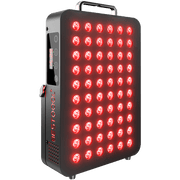






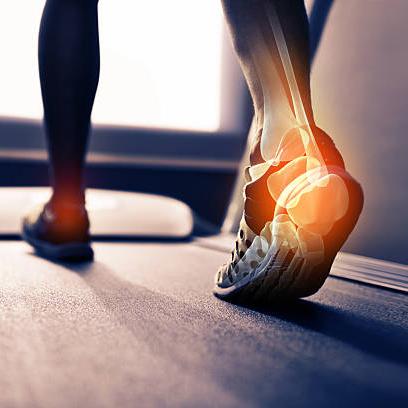
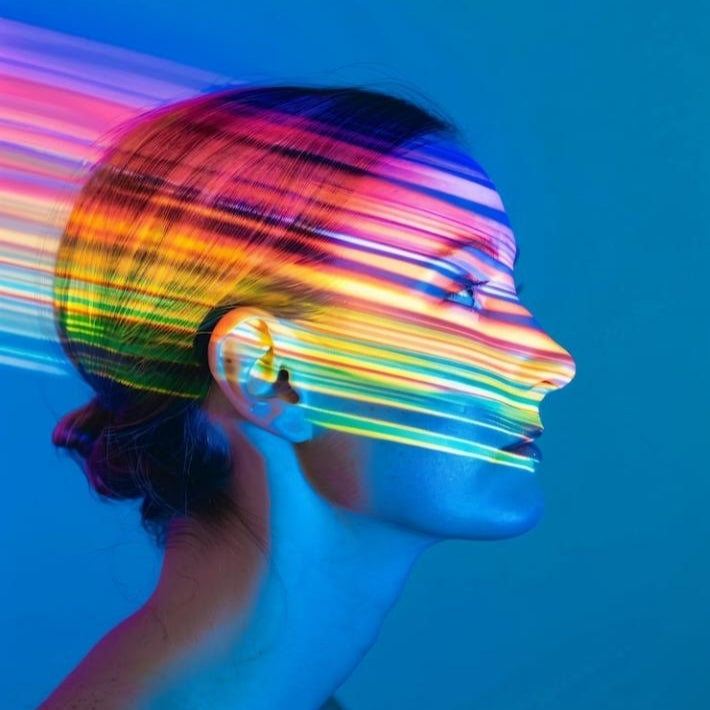

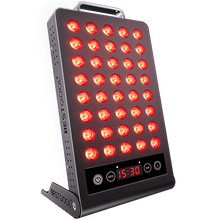
 Small
Small
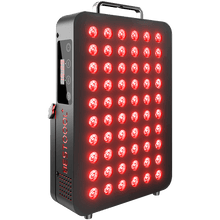
 Moderate
Moderate
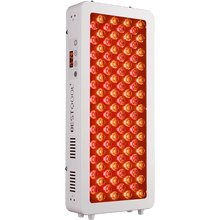
 Moderate
Moderate
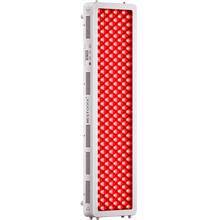
 Moderate
Moderate
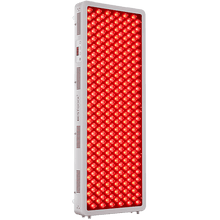
 Full
Full



